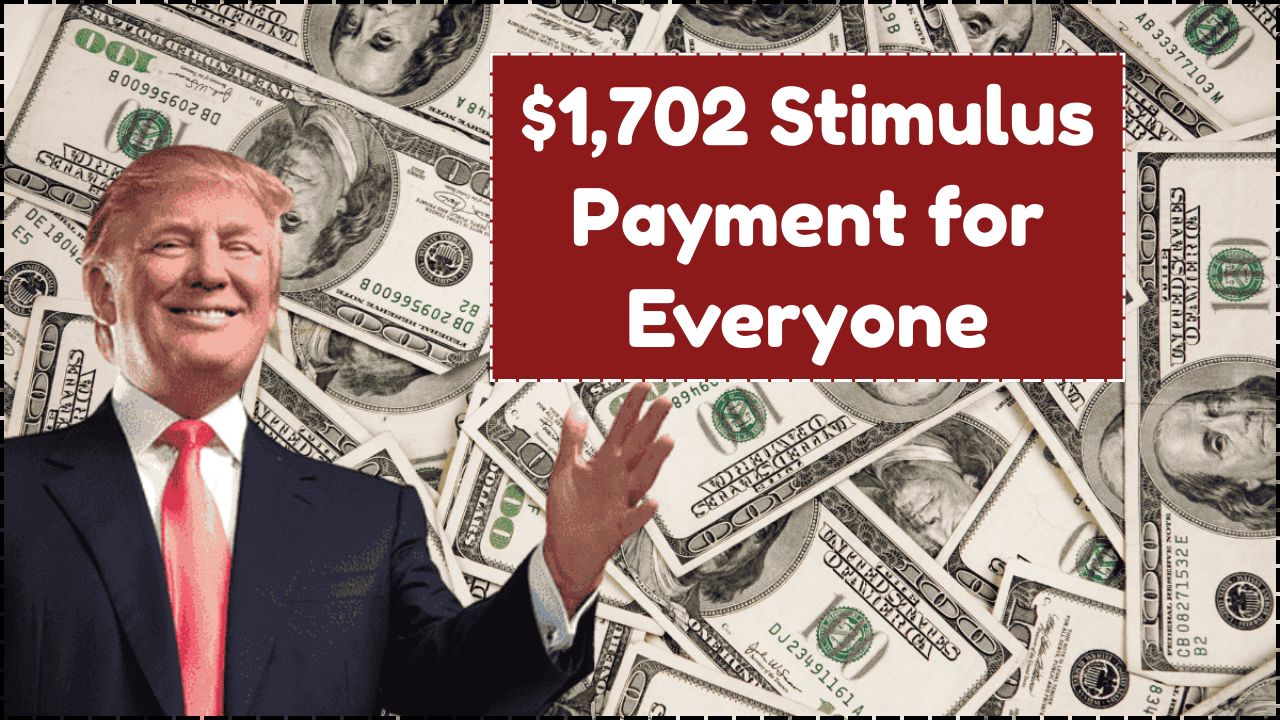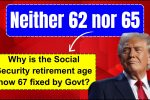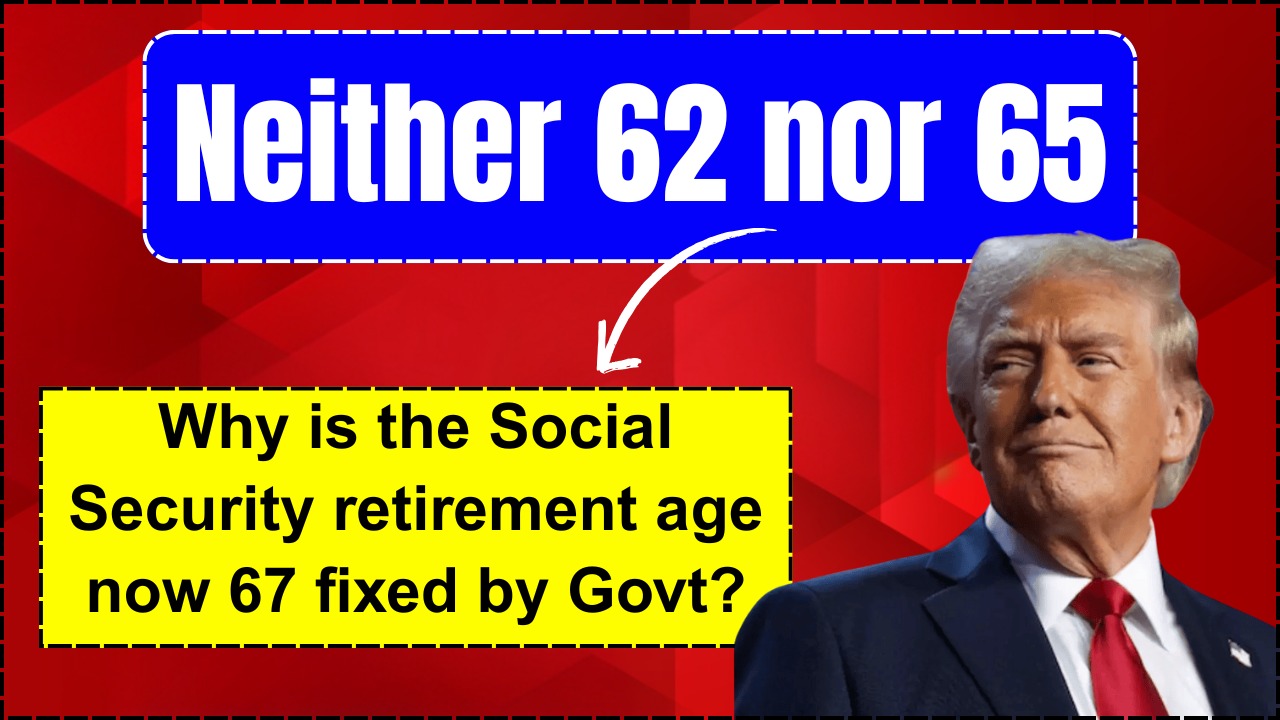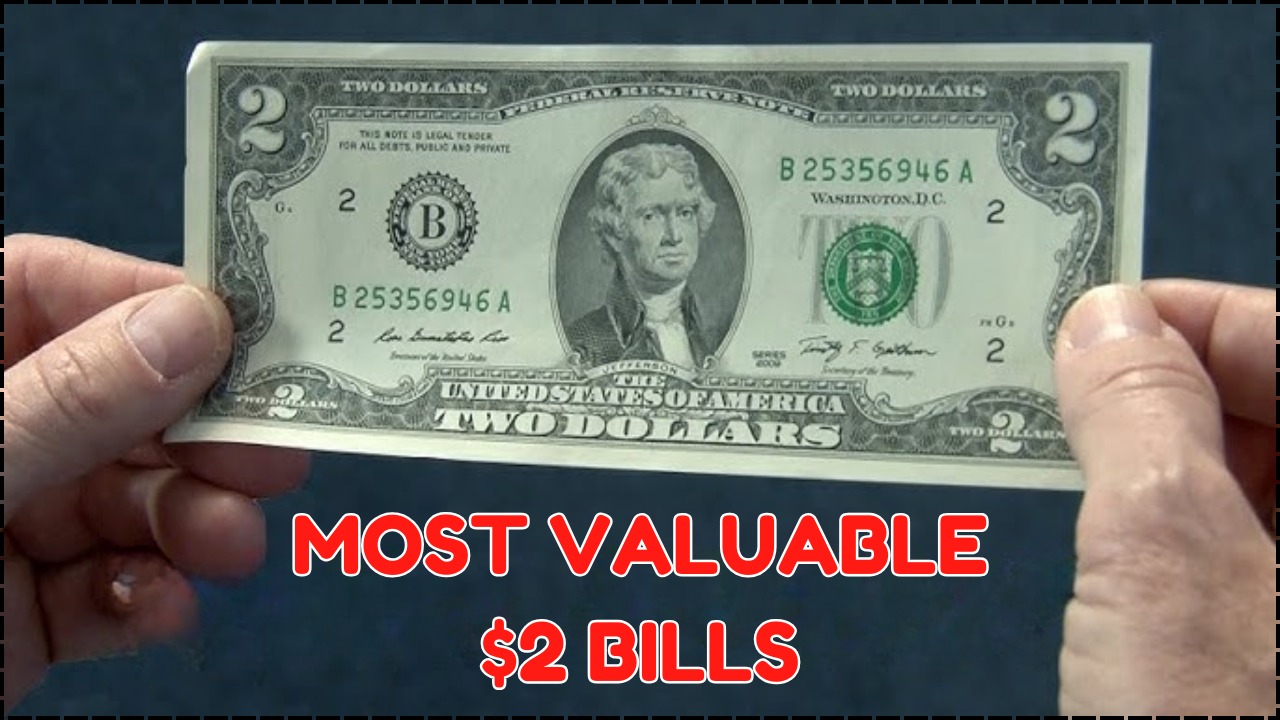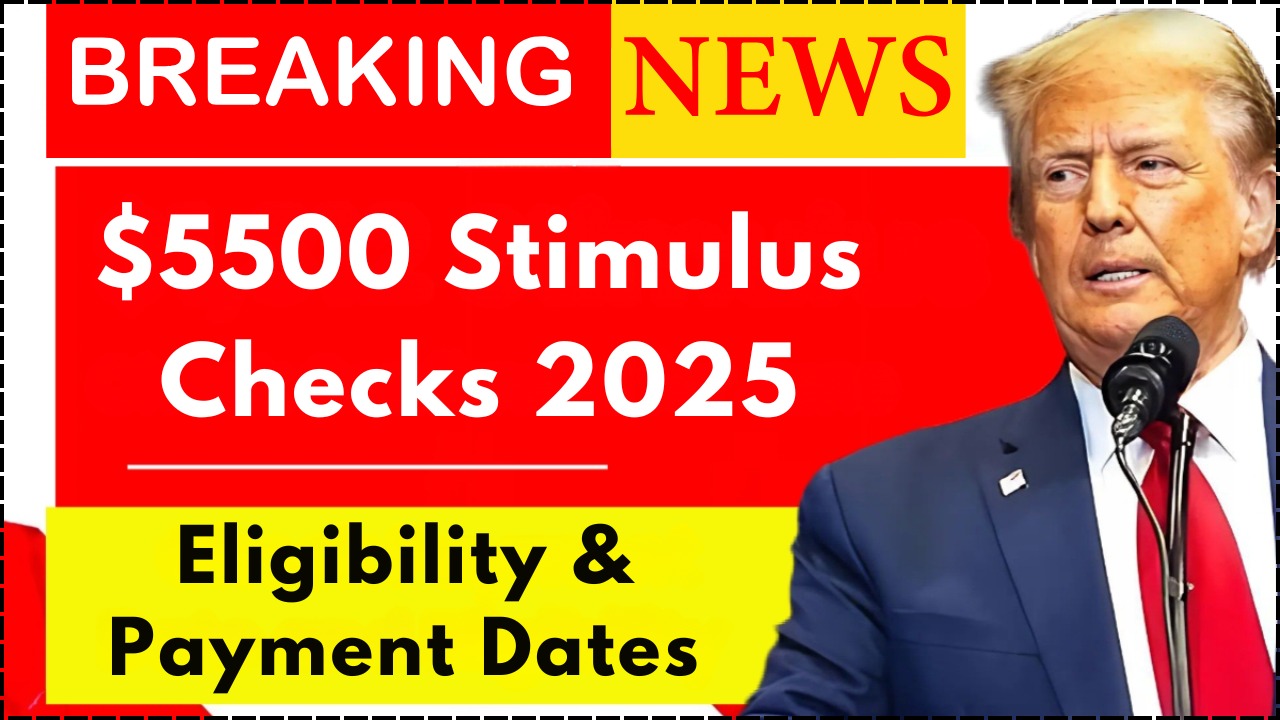
A new federal proposal is making headlines across the United States: stimulus payments of up to $5,500 may soon be available to eligible Americans in 2025. Unlike previous stimulus checks issued during the pandemic, this plan is tied to government savings and efficiency, not emergency relief. Though the program is still in its early stages, it represents a significant shift in how federal aid might be delivered.
Table of Contents
$5,500 Stimulus Checks in June 2025
The proposed $5,500 payment is part of a Government Efficiency Initiative, which seeks to reward citizens while also cutting unnecessary federal spending. The aim is to return some of the money saved through streamlined government operations directly to taxpayers.
Unlike the pandemic stimulus programs, this one isn’t meant to respond to a crisis. Instead, it’s designed to return 20% of federal savings—an estimated $400 billion—to those who qualify, creating a model where efficient governance directly benefits the public.
Overview
| Topic | Details |
|---|---|
| Payment Amount | Up to $5,500 |
| Status | Still a proposal as of mid-2025 |
| Agency in Charge | Department of Government Efficiency (DOGE) |
| Total Savings Goal | $2 trillion in reduced federal spending |
| Portion for Stimulus | 20% of savings redirected to citizens |
| Target Group | Legal residents, paid taxes in 2021, proof of hardship |
| Ineligible Group | Undocumented individuals |
| Expected Payment Start | Late 2025 (if approved) |
| Official Website | Irs.gov |
The Role of DOGE – Department of Government Efficiency
The driving force behind the initiative is the newly created Department of Government Efficiency (DOGE). Their goal is to cut about $2 trillion from overall federal expenses using various cost-saving strategies. The money saved through better management would then be partially redistributed to Americans.
This is being pitched not only as a financial relief program but also as a long-term structural change in how federal money is used. The goal is to reward taxpayers while also promoting smarter governance.
Eligibility Criteria
While official application guidelines haven’t been released, the proposal outlines some clear qualification rules.
To be eligible, you must:
- Be a U.S. citizen or legal resident with a valid Social Security number
- Have paid federal taxes in 2021, even if you didn’t file a tax return or claim a refund
- Prove financial hardship using valid documentation
- Fall under income limits based on state and household size
Those without legal status, including undocumented immigrants, are not eligible under the proposed rules. The program targets lower and middle-income individuals who were overlooked in earlier stimulus efforts but have a history of tax contributions.
Timeline and Payment Status
As of mid-2025, this stimulus program has not yet been approved by Congress. It remains in the proposal and evaluation phase.
If approved later this year, payments could be distributed by late 2025. However, government agencies will first need to set up eligibility checks, verification processes, and fraud prevention mechanisms before rollout.
In the meantime, Americans are encouraged to prepare key documents—such as 2021 tax records, proof of residence, Social Security information, and financial statements showing hardship—in case an application system is launched.
Economic Impact
If implemented, the $5,500 checks could significantly boost the economy. People are expected to use the money for essentials like:
- Housing costs (rent, mortgage)
- Medical bills
- Childcare
- Education and training
This additional spending could help local businesses, increase consumer confidence, and give families room to breathe financially. Moreover, a successful rollout would improve public trust in how the government manages funds.
FAQs
Q1. Is the $5,500 stimulus confirmed?
A = No, the proposal is still under review by the federal government.
Q2. Who qualifies for the payment?
A = U.S. citizens or legal residents who paid taxes in 2021 and can show economic hardship.
Q3. When could payments begin?
A = If approved, payments could begin in late 2025.
Q4. Are undocumented immigrants eligible?
A = No, the plan excludes undocumented individuals regardless of tax history.

